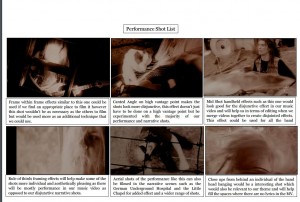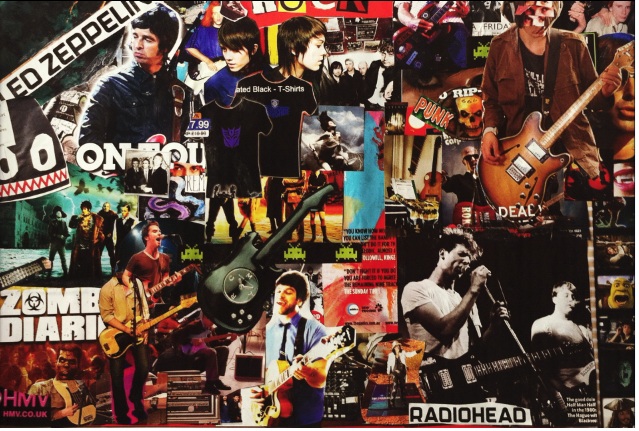TASK 1 – Visual Shot List – Joint task
- Visual Shot List – Using your section, take screen shots (or snipping tool sections) of each and every shot used. Transfer to google slides and then make sure you list the following:
- Shot term:
- Description of shot:
- Time:
- Transition to next shot:
This is to ensure you understand just how many shots are involved in a short 30 second segment.
Reflect: so what do you notice? Is there a predominance of certain shots, edits, transitions? What can you see might be conventional for that particular genre?
Additional: Then look at least 3 other videos of the same genre and find 3 other exciting, inspirational shots, edits that you could use as well in your filming of the performance and add these in at the end of the presentation.
TASK 2 – Annotated Lyrics – Joint Task
- Annotate the lyrics with ideas on where and when you might use the different shots i.e. instrumental section might have a close up on the instrument, solo section might have an extreme close up of the performer?
TASK 3 – Production Meeting Agenda – Joint task
You need to really start to think about co-ordinating locations, props, sets, costumes and make up. Think about this now so that you have time to get it together for next week’s filming.

